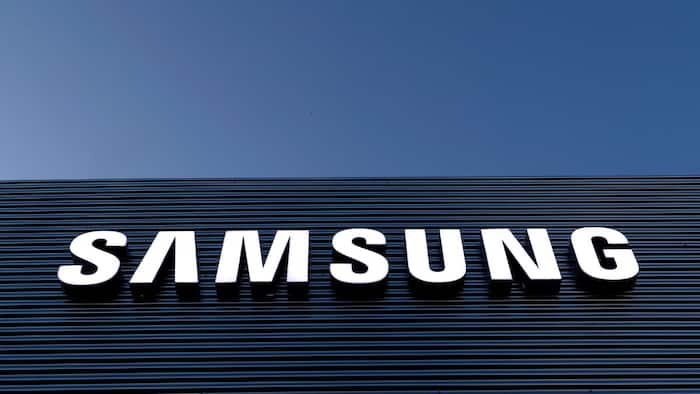
Written By Shubham Verma
Published By: Shubham Verma | Published: Jan 28, 2024, 10:27 PM (IST)

Samsung, the world’s biggest memory chip maker, has created a new research lab in the United States to focus on developing next-generation three-dimensional (3D) DRAM, industry sources said on Sunday. The new lab is operating under Device Solutions America (DSA) headquartered in Silicon Valley, which oversees Samsung’s semiconductor production in the US and will work to develop an upgraded DRAM model to allow Samsung to lead the global 3D memory chip market, according to the sources. Also Read: Google Android XR Event Scheduled For December 8; New Smart Glasses, Headset Updates Expected
In October, the South Korean tech giant said it is preparing new 3D structures for sub-10-nanometer DRAM, allowing larger single-chip capacities that can exceed 100 gigabits, reports Yonhap news agency. Samsung succeeded in commercialising 3D vertical NAND flash memory chips for the first time in the industry in 2013. Also Read: Samsung Galaxy Tab A11+ Launches In India With 90Hz Display, 7,040mAh Battery: Price, Specs
Meanwhile, the global semiconductor industry’s revenue declined 8.8 percent in 2023 due to a slowdown in enterprise and consumer spending. AI provided positive news to the semiconductor industry, emerging as a key content and revenue driver, especially in the second half of the year, according to Counterpoint Research. Also Read: Top 7 Smartphones You Can Buy Instead of the Nothing Phone 3a Lite
Samsung was affected by the memory market slowdown in both DRAM and NAND segments, reporting a 38 percent YoY decline in its revenue. The memory market was mainly hit by soft demand in the PC, server and smartphone segments as well as oversupply and excess inventory across the market.
— Written with inputs from IANS